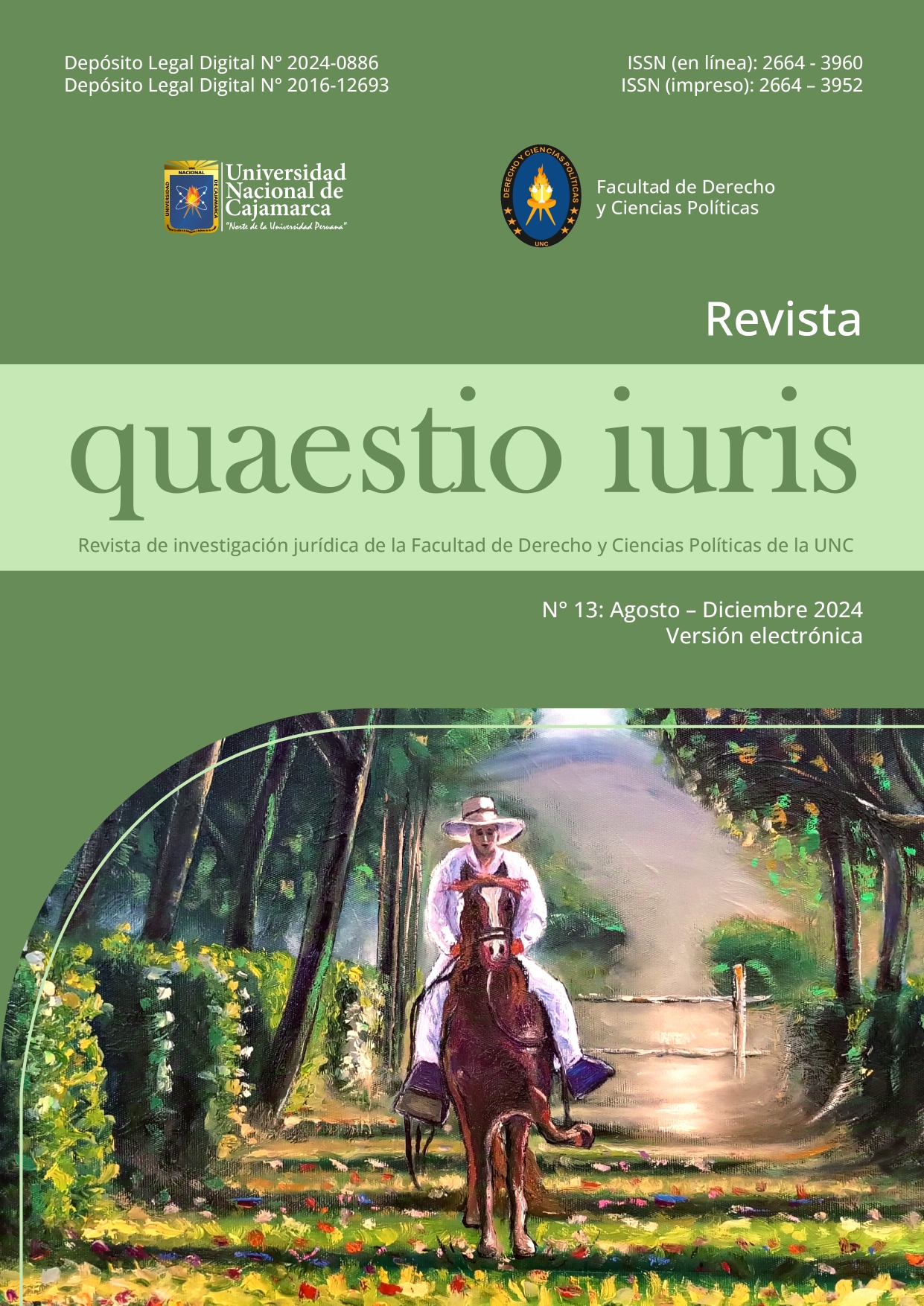La subcultura criminal
DOI:
https://doi.org/10.70467/rqi.n13.9Palabras clave:
Cultura, Subcultura, Criminalidad, Violencia, pobrezaResumen
Como corrientes principales de la sociología de la desviación encontramos como teorías criminológicas las siguientes: la Ecología Social, la desorganización social, la anomia, asociación diferencial, conflicto de culturas, subcultura criminal, primera teoría del control, teoría de la rotulación o etiquetamiento, teoría de los sistemas sociales, teoría de la subcultura carcelaría, segunda teoría del control, conflicto estructural, criminología radical.
El presente trabajo se enfoca en el desarrollo de las subculturas criminales, la misma que explica la conducta desviada de ciertas minorías, criminalidad de jóvenes y adolescentes de clases bajas organizados en bandas. Esta subcultura tiene como característica que sus integrantes en su mayoría sean grupos de individuos con rasgos diferentes en relación a la sociedad oficial, ya que institucionalizan especialmente las formas de ver el mundo, dentro de ellos se maneja un código axiológico o sistema de valores que tiene cierta autonomía, pero sin llegar a independizarse de la cultura dominante; responden a una organización interna por medio de la cual guían su conducta en contra de la cultura dominante, todas estas características se mezclan, se confunde y se presentan en una sociedad plural y heterogénea.
A consecuencia del análisis de la corriente denominada subcultura criminal se explica como en la sociedad algunos individuos presentan problemas de adaptación social, esta discordia tiene como resultado el comportamiento antijurídico del individuo, sujetos que no se adaptan a la reglas impuestas por una cultura dominante.
Se analiza si existe un patrón de comportamiento y comunicación entre los sujetos que delinquen, observando que en su cosmovisión tienen como objetivo enfrentarse al orden jurídico establecido en la sociedad; delinquir para ellos es hacer notar el grado de rechazo que le tienen a la cultura dominante, mostrando características como no utilitarismo, la malicia y el negativismo.
Dentro de la subcultura criminal existen factores que determinan el aumento de la criminalidad, estos son: la violencia familiar, el abandono familiar, la pobreza, la falta de educación, los medios de comunicación, estos factores coadyuvan al incremento de la criminalidad.
Finalizando el presente trabajo se describe el comportamiento criminal de una serie de sujetos en mucho de ellos que han matado a más de una persona en diferente momento, situación que incrementa la tasa de criminalidad, llegando a realizar una comparativa entre un asesino serial y uno que no lo es; el asesino serial a pesar de su peligrosidad es difícil de identificar y de reconocerlos a simple vista, muchos expertos en el tema como el profesor Adriann Reine puntualiza que la violencia con la que actúan los psicópatas no tiene color emocional que caracteriza la violencia del resto de personas.
Descargas
Descargas
Publicado
Número
Sección
Licencia
Derechos de autor 2024 Revista quaestio iuris

Esta obra está bajo una licencia internacional Creative Commons Atribución-NoComercial 4.0.










